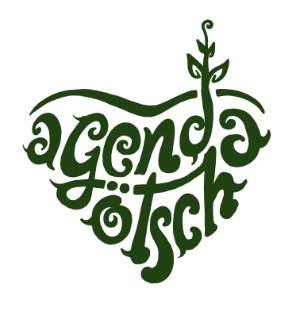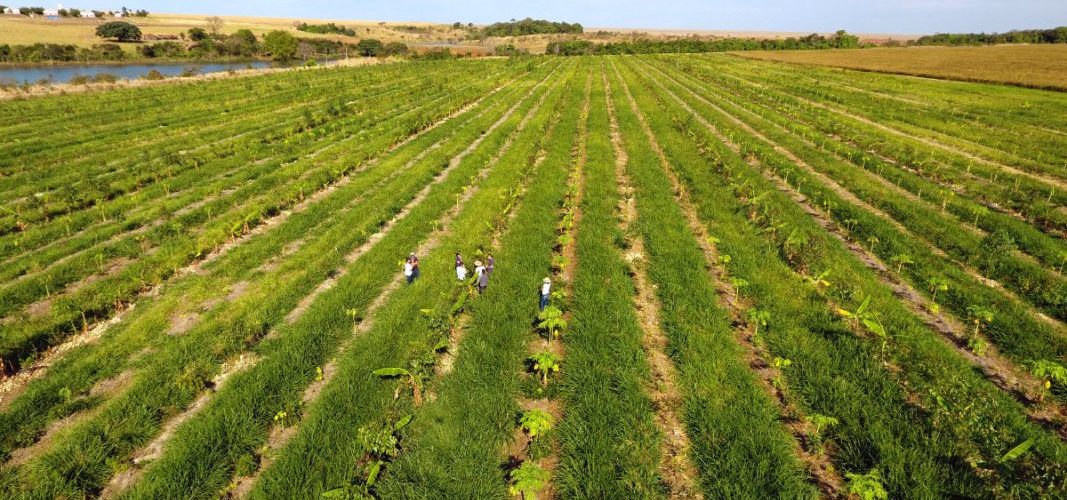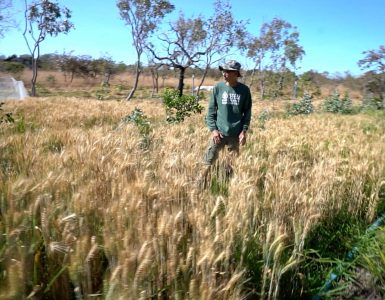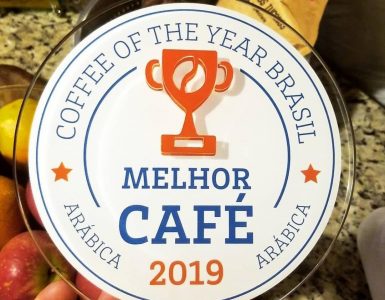WATER CAN BE PLANTED!
Ernst Götsch made this statement in our videos and since then this catchy phrase has spread out! But was that just a motto? Or is there any foundation? What did he say before and after that? What was the context? In Life in Syntropy we have the joy of doing just that: revisit our collection and share these pearls with you. Now you can definitely see why water is being planted.
Ernst also gives us the perfect introduction to further discuss large-scale designs in a transition to Syntropic Systems. Here he explains how the current demand for grains can also be addressed through a truly regenerative way of planning and managing large areas.
*The video was shot in the countryside of SP (Brazil). Ernst is now assisting large-scale designs with farmers in Goiás, Mato Grosso (in the heart of the Brazilian agribusiness) and in Martinique. Soon we will publish articles, images and interviews recorded in a very fruitful and inspiring trip.
If you can’t see the English subtitles, please click on the “CC” button to turn it on.







Buenas mi nombre es Omar Rodríguez, gracias por la información y el trabajo que están haciendo. Yo soy de Puerto Rico y en 2 cuerdas de terreno quiero trabajar con agricultura sintropica. Pregunto que especie de eucalipto es la que utilizan? Y en la isla hay un árbol que es el tulipán africano (spathodea) lo puedo utilizar por si no consigo el eucalipto? Gracias por su trabajo y en lo que me puedan ayudar se lo agradecería mucho.
Gracias y buenas tardes.
Espetacular, como de praxe! Cada vídeo que vejo com os ensinamentos do Ernst me reforça a certeza de que subordinar as ações do homem às leis da natureza, buscando crescer nos processos sintrópicos, ao invés de tentar subjugar o que o Grande Arquiteto criou, é a receita para a felicidade e a abundância da vida! Continuem o trabalho indispensável de disseminar estes conceitos! Tamo junto!!!
Parabéns por mais esse vídeo. Pelo que vejo, é na fazenda da Toca. Seria bacana mostrar como foi feito na prática, as máquinas que usou, o tempo que levou. Maravilhoso.